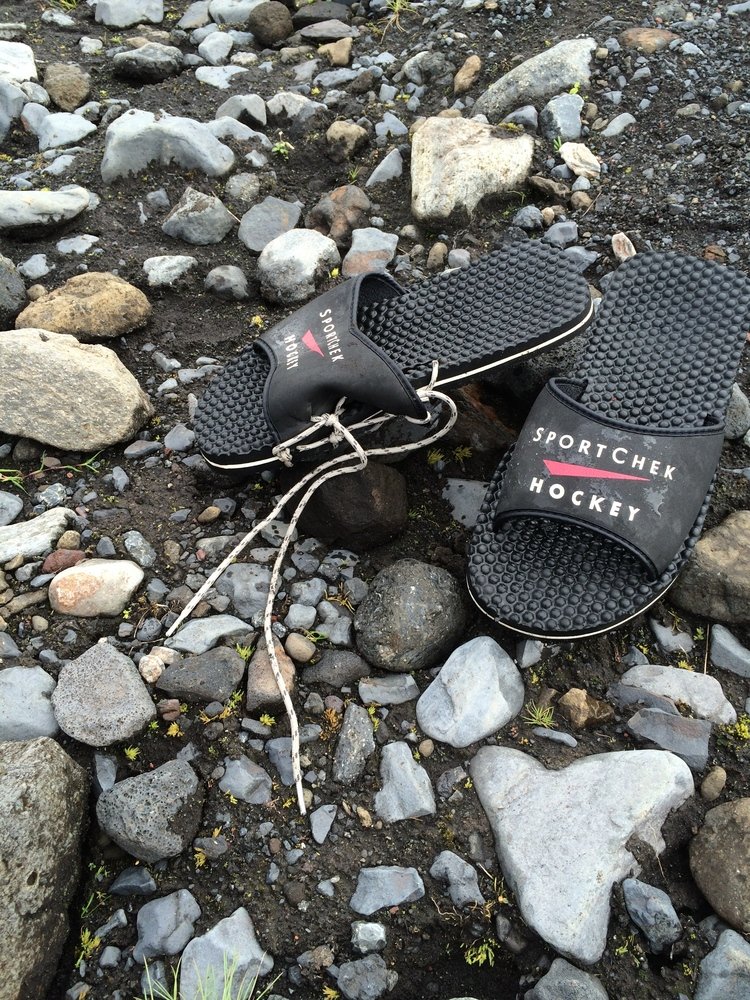We all like Mr Wolf... but why?
The following is the original and the rewrite can be found by clicking here.
Some of what I am about to say is because I am a "fanboy" of Quentin Tarantino's work, be it his writing or his abilities as a director. This will probably have more context if you have seen Pulp Fiction but hopefully I can set up the situation sufficiently to offer a perspective as to why we all like Mr Wolf - independent of gender, race, religion or sports team affiliation.
See, Mr Wolf solves problems and not just any ol' problem... the messy ones.
Meet Mr Wolf (again language warning)
Jules and Vincent, through a series of events find themselves with a dead body in the back of their car and unwittingly call on Jimmie at his house with their problem in tow. It turns out Jimmie's wife Bonnie comes home from the midnight shift at 9:30 am and she would "appreciate the situation none to much". After a series of phone calls pulling him away from a black tie affair which is 30 minutes away, Mr Wolf arrives ten minutes later at Jimmie's door as he is the one people call to solve their problems. This clip offers a glimpse into the brilliance that is Quentin Tarantino and Mr Wolf. (strong language warning... remember you were warned)
Up front we know that Mr Wolfs' associates with killers and thieves and it's not much of a leap to assume he's a comrade in arms - although with this said, from the moment we see him dressed in a tuxedo we know we may like him and when we hear him say "I'm Winston Wolf, I solve problems" we know we do!
It is something with those three words, what they mean and by implication that they say "if you are good at solving problems, you will end up well dressed with a fast car and a fancy watch" (an earlier scene). A problem solver can do what others cannot do - be it solving act of god problems or those of our own creation... and so we like Mr Wolf.
Mr Wolf is a clear critical thinker using hard facts, looking at the overall situation to formulate a decisive plan which in-turn he communicates clearly, with explanation and rationale on the way, to ensure buy-in and optimal execution. And contrary to what Vincent thinks, I believe Mr Wolf wraps it all up with being rather polite throughout the whole thing.
There is something subtler that also comes with Mr Wolf - he is different than any character to that point in the movie - different... be it in manner, image, language or in how he sees things leading to the way he thinks. His off handed request for a cup of "that coffee" he smelled in the kitchen as he is inspecting the car, its contents and clarifying mechanical issues is a reflection of this (Ok I couldn't smell it but I sure didn't see it either). So is Mr Wolf different because he is a problem solver or a problem solver because he is different? - either way different is the operative word.
We are social beasts and want to belong but we are also attracted to "different and unique" as ultimately it sets one apart, and if you are Mr Wolf, it's critical for solving problems and seeing what others can not.
Ultimately we like Mr Wolf because what he can do is different and effective problem solving is something we want to emulate - as deep down we know there is not a "Mr Wolf" for us to call.
Or maybe its simply because Mr Wolf is Harvey Keitel.
gpe


